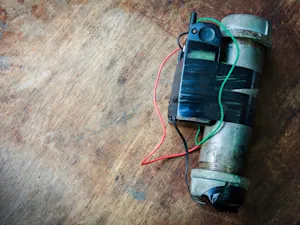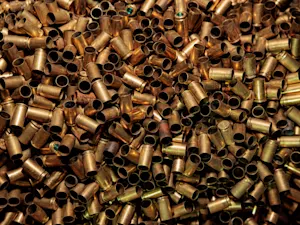
How Accurate Are Police Sketch Artists?
Police sketch artists are tasked with turning witness descriptions into visual aids, but how often do these drawings actually resemble the real culprits? This article delves into the intriguing world of police sketch artistry, exploring its effectiveness and challenges in aiding law enforcement.

The Sketchy Stats
Current statistics suggest a sobering reality: The accuracy of hand-drawn police sketches is about 9%. Further research indicates these facial sketches or composite pictures are useful less than 20% of the time. Even the most optimistic statistic suggests only about 30% of sketches lead to an arrest.
Real World Convicted Criminals and Their Police Sketches

Left: Photo of Joseph DeAngelo as a young man. Center: Sketch of the Golden State Killer. Right: Mugshot of Joseph DeAngelo.
In the case of the Golden State Killer, artists created a composite sketch prior to the identification and capture of Joseph DeAngelo. The sketch aimed to visually capture the suspect's features based on witness descriptions. Later, a mugshot of Joseph DeAngelo was taken after his arrest. A comparison between the initial sketch and DeAngelo's mugshot showcases the general accuracy of the police sketch, even considering the time lapse between the creation of the sketch and DeAngelo's eventual capture.
 Left: Sketch of the Unabomber. Right: Mugshot of Ted Kaczynski.
Left: Sketch of the Unabomber. Right: Mugshot of Ted Kaczynski.
In February 1987, following a bombing in Salt Lake City, Utah, a suspect sketch of the Unabomber was released, depicting the suspect clad in a hooded sweatshirt and sunglasses, a look that became synonymous with the case. When Ted Kaczynski was eventually apprehended, his appearance bore a clear resemblance to this police sketch, highlighting the accuracy of the artist's work and playing a significant role in the public's recognition of the Unabomber, aiding in his capture.
The Rise of Composite Photos
Composite photos, a critical tool in criminal investigation, are created using descriptions provided by witnesses or victims to visually represent a suspect's appearance. These images, often pieced together using computer software or sketched by an artist, play a vital role in generating leads, particularly in cases with limited physical evidence.
While police sketches may not always display a spitting image of the suspect, their role in stimulating public engagement and recognition and providing leads in challenging cases is undeniable. This blend of art and detective work, although imperfect, remains a valuable tool in law enforcement's arsenal, offering aid in the pursuit of justice.
References: How Accurate are Police Sketch Artists? | Police Suspect Sketches – How Accurate and Useful are they? Physical Security Online. | How Helpful Are Police Sketches In Solving Crimes? | What is a Facial Composite? My Law Questions. | How the FBI Caught the Unabomber. The Crime Report. | Golden State Killer























